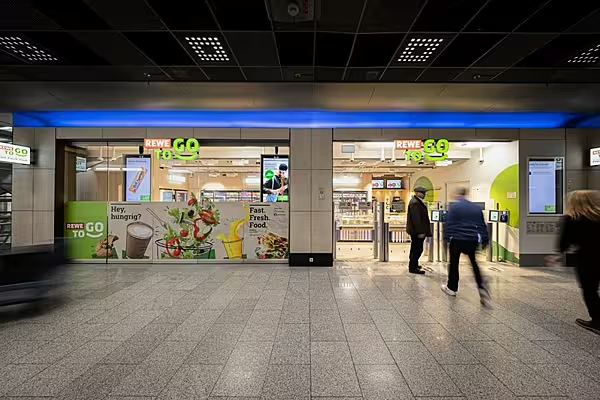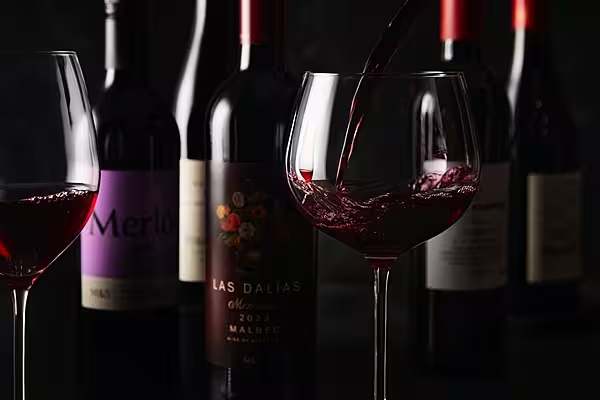Checkpoint Systems’ RFID portfolio – the Tyfung inlay – has officially secured ARC Spec Z accreditation, proving its credentials for quick-service restaurants (QSR) and the tagging of cartons containing food items.
This achievement underscores Checkpoint Systems’ commitment to providing top-tier, innovative solutions for inventory management and tracking across various industries.
Why Did Tyfung Pass ARC Spec Z?
It was developed to offer outstanding performance for logistics usage, with a high read range (18-20 metres) and low sensitivity, making it ideal for use through the supply chain.
As quick-service restaurants (QSR) venture into RFID tracking, the precision of ARC Spec Z is crucial. It assures brands of seamless RFID integration into their operations.
Tyfung’s large memory and capability of both complex and extensive encoding allows it to effortlessly meet the requirements for Spec Z, alongside the existing 15 ARC specs that it has passed, including ones for retail, electronics, and Walmart-specific requirements.
Why Are ARC Specs Important?
ARC Quality certification, awarded and maintained by Auburn University, guarantees that the tag manufacturer has a robust quality management system (QMS) in place, encompassing crucial aspects of RFID tag design and manufacturing.
ARC maintains an extensive database storing comprehensive performance and quality data for RFID tags available on the market.
ARC certifications robustly test each inlay to determine whether or not it is fit for specific use cases across retail, logistics, and other industries.
Checkpoint is proud to have 46 ARC-certified inlays across its portfolio.
As Checkpoint continues to push the boundaries of possibility in RFID solutions, the Tyfung inlay’s ARC Spec Z certification is more than just an accolade – it is a testament to its dedication to excellence and innovation.
Stay tuned for more updates as Checkpoint leads the way in revolutionising inventory management and asset-tracking.
For more information about the Tyfung RFID inlay, contact the team here.
This article was written in partnership with Checkpoint Systems.












